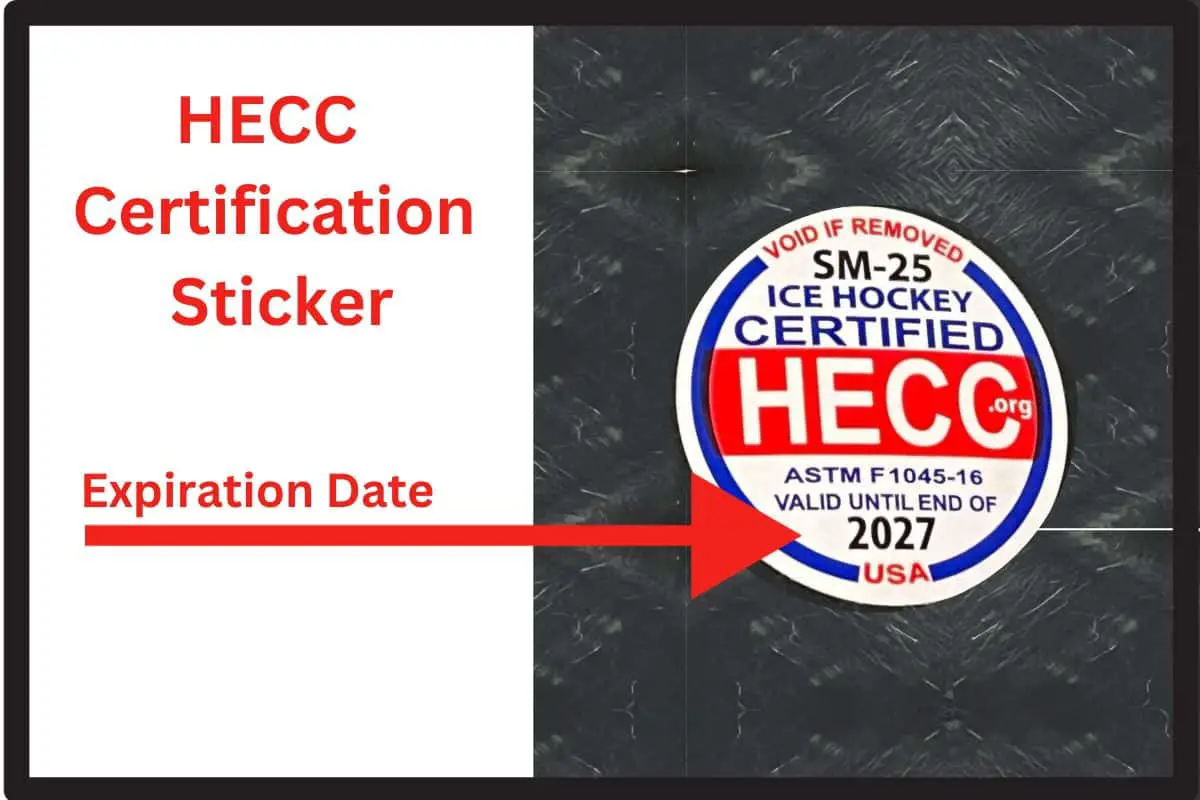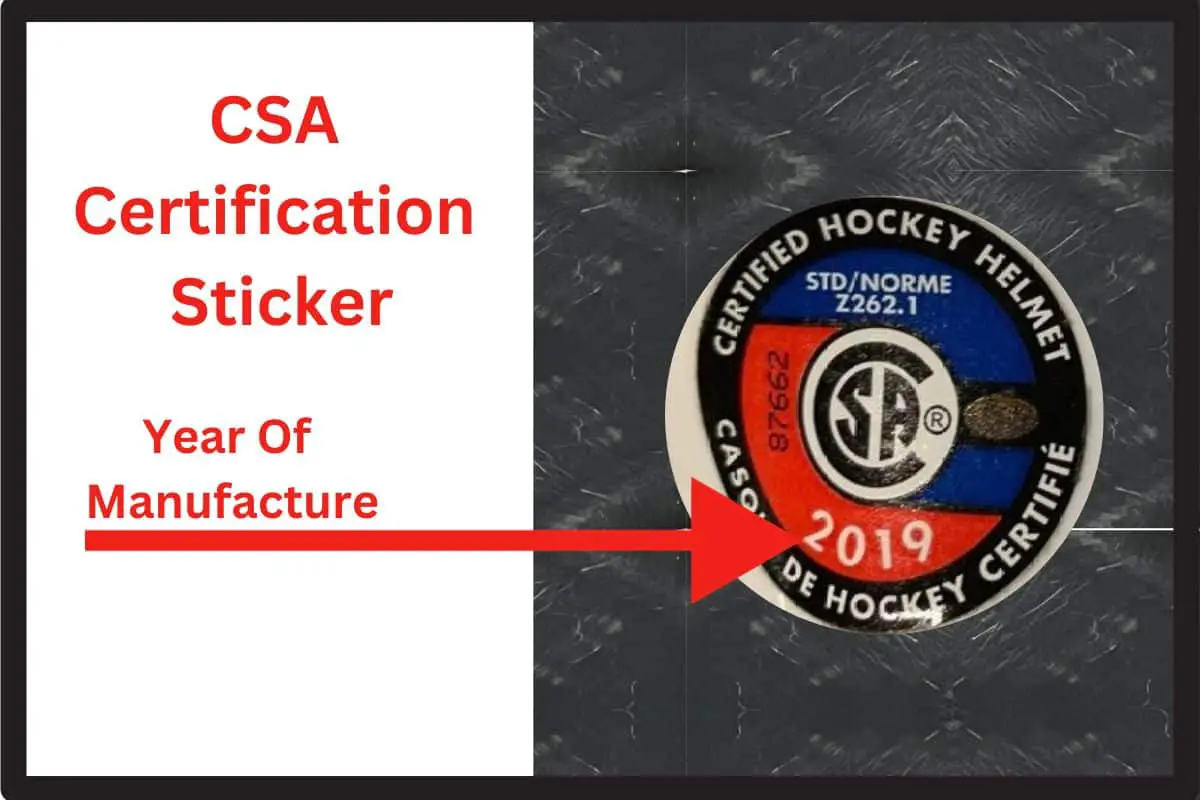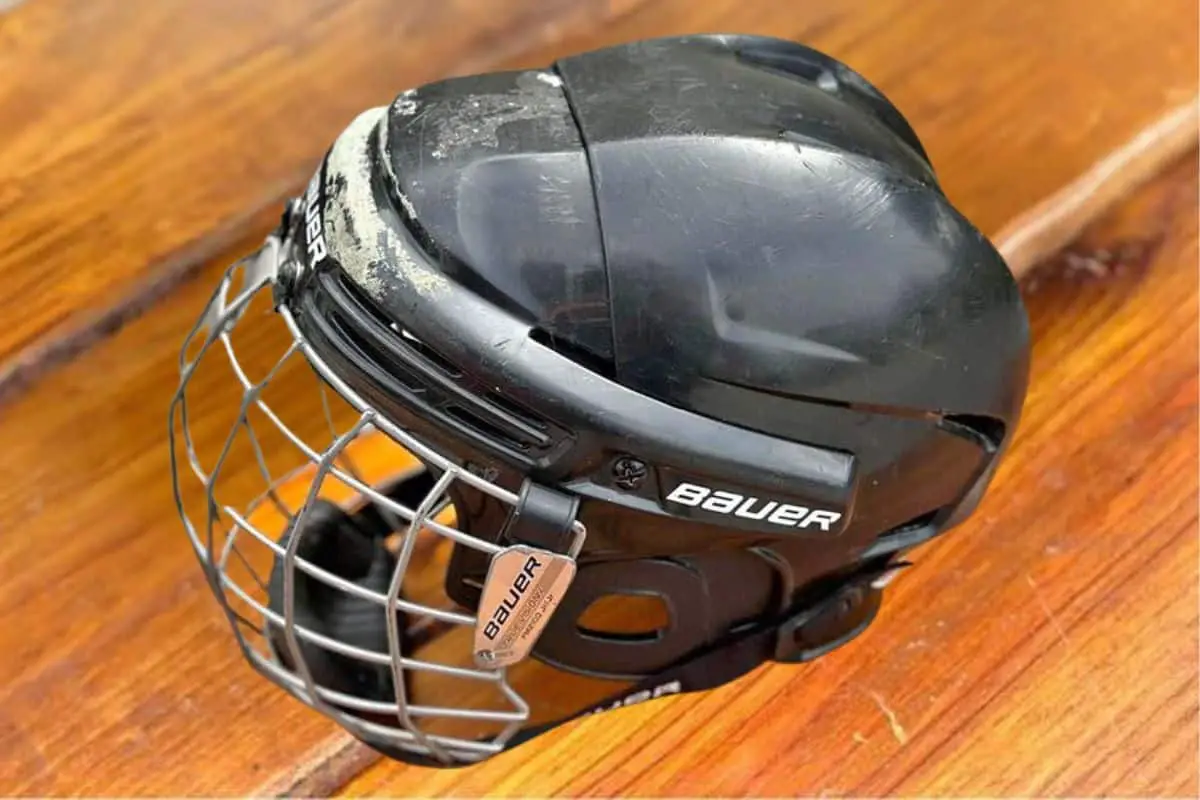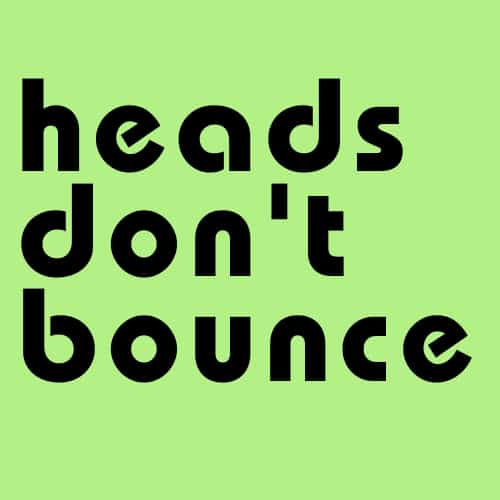How Long Are Hockey Helmets Good For?
According to HECC (Hockey Equipment Certification Council), a certified hockey helmet is good for 6 ½ years, but that doesn’t tell the whole story. Given that the CDC (Centers for Disease Control and Prevention) recommends retiring your hockey helmet no later than 10 years, it may cause some confusion.
So, when it comes to the question of how long are hockey helmets good for, the reality is that your helmet doesn’t necessarily run out of steam so much as the certification does.
Page Content
Disclosure: As an Avantlink and Amazon Associate, we earn from qualifying purchases. Disclosure Statement.
How Long Are Hockey Helmets Good For?
HECC Certification
The governing body for hockey equipment in the United States is the Hockey Equipment Certification Council. HECC is responsible for certifying hockey helmets and the rules surrounding that certification.
For a hockey helmet to receive HECC certification, it must comply with the standard for Ice Hockey helmets which is specified by the ASTM (American Society for Testing and Materials). Copies of ASTM F1045-22 can be purchased online from ASTM.
As HECC is the governing body for hockey in the United States, I would be sticking to their 6 ½ year rule. In fact, USA Hockey Rule 304 clearly states that if the date on the HECC certification sticker has expired then your helmet is no longer considered certified. It goes on to say that you can’t play unless your helmet has current, valid certification. So, there you have it!
To know if your helmet is expired or nearing expiry, you can simply check the expiration date on the HECC hockey helmet certification sticker.

Expire or Retire?
Hockey helmet expiration dates aside, the question of how long hockey helmets are good for is a completely different thing.
On one hand you have HECC certifying your helmet for 6 and ½ years, while on the other hand the CDC says that you’re good for another 3 and ½ years on top of that. What’s that all about? Do hockey helmets expire or not?
Your hockey helmet’s usefulness is measured by how many scuffs, scrapes, impacts, and wear and tear it has undergone since you purchased it.
If your helmet is seven years old, no longer certified, but still in good condition, and you’re just having some non-competition fun with friends, there’s probably no reason why you can’t use an expired helmet. The judgment call would be yours and yours alone.
On the other hand, if you’re playing competitively, even if it’s just a pick-up game on roller blades, you want your gear in solid condition because it could mean the difference between getting your bell rung and a full-on concussion.
There are several good reasons to go ahead and upgrade or just retire your hockey helmet:
- Cracked or visibly stressed foam padding or gel linings
- The helmet takes a severe blow
- Visible damage to the helmet shell
- HECC certification expires
Do Hockey Helmets Expire In Canada?
If you thought the lifespan given to hockey helmets by HECC and CDC was confusing, spare a thought for the Canadians. More often than not, they will have two separate certification stickers on their helmets showing two completely different dates. One being the HECC sticker and the other being the mandatory CSA (Canadian Standards Association) sticker.
So, to clear up any confusion, unlike in the United States, there is no specific hockey helmet expiration date in Canada. That’s not to say that they can wear the same helmet for decades, although at the current time there is no rule stopping them from doing so.
In Canada, players are required to wear helmets carrying CSA certification and bearing the CSA sticker. The HECC sticker on Canadian hockey helmets shows the helmet certification expiration date for players playing in the United States, and as such can be ignored by most Canadian players. Conversely, the date shown on the CSA sticker is the year of manufacture, not the hockey helmet expiry date.
In short, for Canadians the HECC sticker and it’s expiration date can be ignored, while the CSA sticker is mandatory and does not have an expiration date, however, you should be considering replacing your helmet no later than 10 years from the year shown on the CSA sticker.
A copy of the Canadian Standard on ice hockey helmets can be purchased online from the CSA Group.

Hockey Helmet Certification
Hockey helmet certification is essential to ensure the safety of all players. The certification process is administered by the ASTM which sets the standards that helmets must meet to provide adequate protection to the players.
The certification process involves testing the helmets to assess their ability to protect against head injuries. Helmets that meet the ASTM standards are labeled with a HECC hockey helmet certification sticker showing that they comply with ASTM F1045.
HECC certification provides players, parents, and coaches with the assurance that the helmets they are using have undergone rigorous testing and meet the necessary safety standards.
Is Helmet Certification Necessary?
Hockey helmet certification promotes consistency and uniformity in helmet quality. By adhering to certification standards, manufacturers are held accountable for producing helmets that meet the required safety standards. This helps to ensure that all players have access to high-quality helmets that provide reliable protection.
Furthermore, certification encourages ongoing improvement and innovation in helmet design. As manufacturers strive to meet certification requirements, they are motivated to develop new technologies and materials that enhance hockey helmet safety. This continuous improvement benefits players by providing them with the latest advancements in head protection.
Maximize Your Hockey Helmet Lifespan
Ideally, you would want to see your hockey helmet last for a good six seasons, so there are a few things you can do to help maximize your hockey helmet lifespan.
There’s nothing too strenuous that you have to do to properly maintain your hockey helmet, however, you definitely want to keep it clean, with a focus on removing sweat from the inside which may harbor bacteria and bad smells. The salt residue in sweat may also facilitate a breakdown of the lining materials over a period of time.
- Clean it after each use, with warm water
- Store it inside, never in a car
- Don’t paint your helmet
- Never sit or lean on it
- Periodically check it over for damage
After each use, wipe down the interior and exterior of your helmet with a damp cloth to remove any dirt, sweat, or debris. Avoid using harsh chemicals or abrasive materials that could damage the helmet’s surface.
Never store your helmet, or any hockey equipment for that matter, inside your car. The extreme temperature changes within a car are more than enough to compromise the material that is necessary to protect your head.
Paint is also problematic unless it is certified and cleared with the manufacturer because the paint may degrade the material on which it is applied.

Sitting or leaning on your hockey helmet is also something that can potentially compromise the helmet. Extreme pressure on the material is capable of creating stress fractures or cracking in the lining.
You also want to periodically check it over for damage. Any time that the helmet is subjected to a serious blow, you should either get a new one or have it inspected to see if the structural integrity is still sound.
Oftentimes, you won’t be able to see any visible damage—although cracking is usually pretty visible in the lining—because the damage is within the material or the cracks are microscopic and/or very difficult to see with the naked eye.
This content was originally published on headsdontbounce.com. If it appears on another website, it is a violation of the copyright owned by headsdontbounce.com.
Final Thoughts
Even though hockey helmets have a HECC certification expiration date, how long is a hockey helmet good for really boils down to how hard you play, and how well you take care of your helmet.
They aren’t designed to be a short-term method of head protection. They’re designed to be strong, durable, with plenty of built-in longevity so that you can wring every drop of usefulness out of it.
If you know your certification is nearly up, it’s a good idea to start shopping because 6 ½ years is a fair amount of time for personal protective equipment to last. Always consider replacing your helmet after a heavy blow, or at least have it inspected.
You always want to keep your equipment in prime shape as it could mean the difference between walking away from an injury or sustaining a severe concussion. Considering the price of helmets these days, there’s really no need for anyone to be wearing an expired helmet.
We hope this article, ‘how long are hockey helmets good for‘, has helped to clarify the idiosyncrasies of your hockey helmet lifespan.
If you liked this post, why not share it with your teammates.